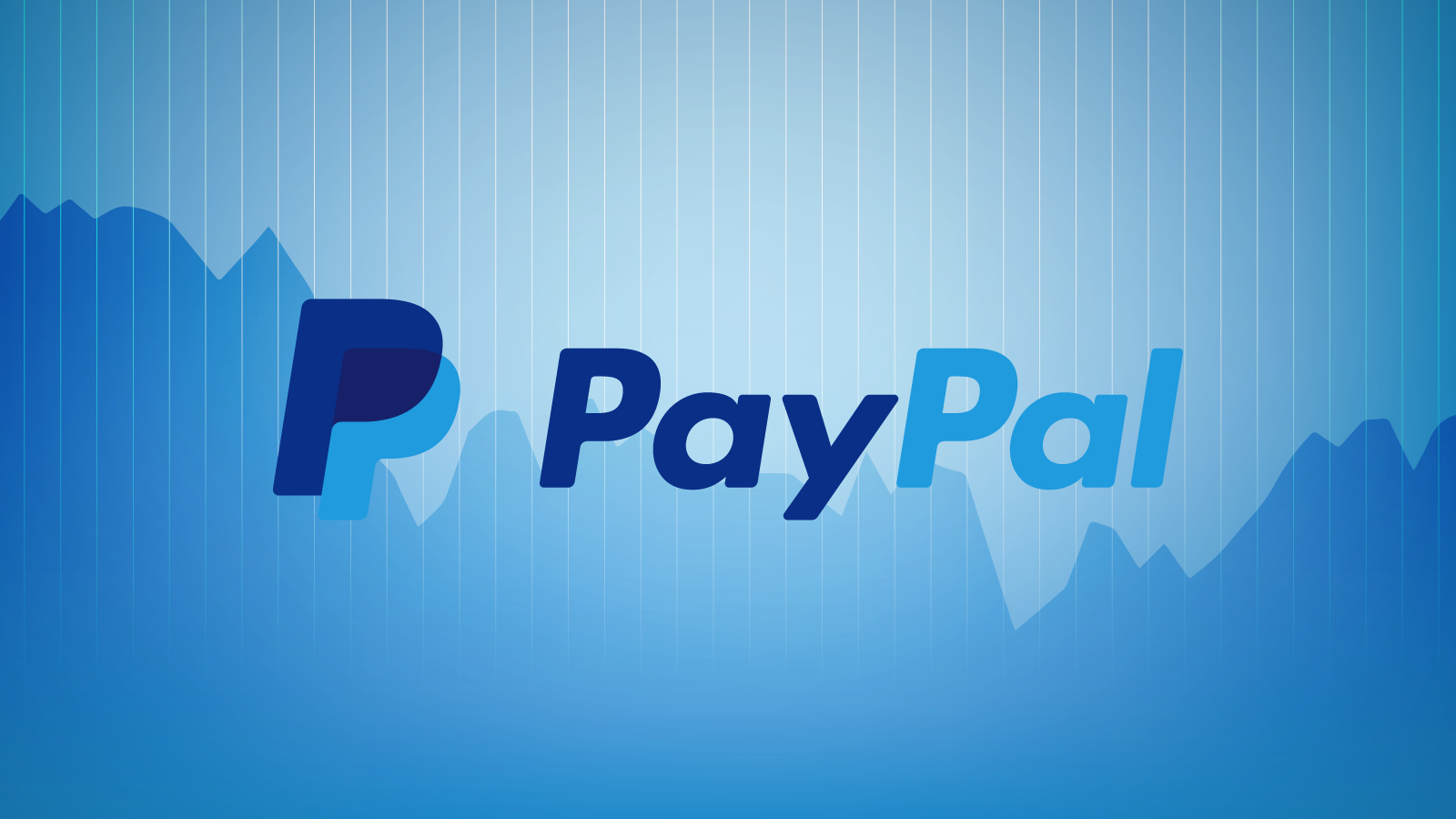- Remittance
- Exchange Rate
- Stock
- Events
- EasyCard
- More
- Download
Cross-border transactions a hassle? PayPal to the rescue! Detailed fee breakdown, great value option
In today’s increasingly globalized world, cross-border transactions have become the norm for business operations, and demand continues to grow. However, traditional banking systems often face high fees, complex processes, and long processing cycles when processing international transactions, which greatly affect transaction efficiency and User Experience. It is in this context that PayPal, as a modern electronic payment method, has become a savior for cross-border transactions with its convenient and secure features.

The role of PayPal in cross-border transactions
PayPal supports transactions in more than 200 countries and regions, can process more than 25 currencies, and is widely used for personal fund transfers, cross-border transfers, and various online services, becoming an important participant in the Global Payment market.
The advantage of its cross-border transactions is that it simplifies the Global Payment process, allowing users to make and receive payments globally through a single account without the need for complex banking procedures.
In addition, PayPal attaches great importance to transaction security, ensuring the security of users’ funds and personal information through advanced encryption technology and anti-fraud measures. These features greatly enhance users’ confidence, making cross-border transactions more convenient and reliable.
PayPal cross-border transaction fees
When using PayPal for cross-border transactions, it is crucial to understand its fee structure. PayPal’s fees mainly include transfer fees and currency exchange fees. The following is a detailed description of these fees.
Transfer fee
Transfer fee is a major fee charged by PayPal when processing cross-border transactions. It is usually a certain percentage of the transaction amount, and the specific rate varies depending on the country and transaction type.
Cross-border personal payments are usually free when using a bank account or PayPal balance, but if using a credit card payment, there may be a certain handling fee. The transfer fee for cross-border commercial payments is generally 2.9% of the transaction amount plus a fixed fee, which varies depending on the transaction currency. For details, please refer to PayPal Consumer Fees .
Currency exchange fee
In cross-border transactions, currency exchange fees are also a cost that needs attention. PayPal will charge a certain markup during currency conversion, generally between 2.5% and 4%. This fee is an additional fee based on the market exchange rate, used to cover the risks and costs of currency exchange.
Other costs
In addition to transfer fees and currency exchange fees, PayPal also has some other fees to pay attention to.
- Withdrawal Fee : There may be a fee when users withdraw funds from their PayPal account to their bank account. Withdrawals to local bank accounts are usually free, but withdrawals to international bank accounts may incur different fees depending on the country and the amount withdrawn.
- Merchant Transaction Fee : Merchants pay a transaction fee when using PayPal to receive payments. This fee is usually 2.9% of the transaction amount plus a fixed fee. For cross-border transactions, merchants also pay an additional 1% cross-border fee, bringing the total fee to 3.9% plus a fixed fee.
- Chargeback Fee : PayPal charges chargeback fees if a transaction is chargeback.
Compared to other payment platforms, PayPal’s fee structure is relatively transparent, but specific fees still need to be determined based on transaction details.
A more convenient global multi-asset wallet - BiyaPay
If you often have cross-border transaction needs, need cross-border remittance, or currency exchange, you can use BiyaPay. It supports more than 20 legal currencies and more than 200 digital currencies, such as real-time exchange rate inquiry and exchange of BTC and USDT, providing a more convenient and efficient solution. The main advantages are as follows:
- Integrated with local transfer methods in most regions, it can achieve zero cost in the intermediate process of bank remittance, and the handling fee is low.
- Support cross-border remittances in most countries or regions around the world, with wide coverage.
- No limit on remittance amount, more convenient and preferential for large remittances.
- It can achieve instant payment and provide efficient service.
How to optimize the use of PayPal for cross-border transactions
In order to minimize expenses when using PayPal for cross-border transactions, users can adopt some strategies and techniques.
Choose the appropriate payment method
- Compared to credit card payments, paying with a bank account or PayPal balance usually incurs lower fees, and in some cases is even free.
- Avoid frequent small transactions and try to merge multiple small transactions into one larger transaction, which can effectively reduce the accumulation of fixed fees.
Use the currency conversion function
- PayPal offers currency conversion fees ranging from 2.5% to 4%. Users can choose to convert when the exchange rate is favorable to reduce exchange losses.
- If possible, paying directly in local currency can avoid currency conversion fees.
Take advantage of PayPal offers and partnerships
- PayPal often launches various promotions and offers, and paying attention to and participating in these activities can reduce transaction fees.
- PayPal has partnerships with many merchants and platforms. By using the services and products provided by these partners, you may enjoy lower transaction rates or other benefits.
Reasonable withdrawal
- Try to choose free or low-fee withdrawal methods, such as withdrawing to a local bank account is usually free, while withdrawing to an international bank account may incur additional fees.
- Avoid frequent withdrawals and choose the appropriate time and amount to withdraw, which can reduce the accumulated withdrawal costs.
Overall, PayPal not only helps users overcome many difficulties in cross-border transactions, but also provides users with valuable choices through transparent fee structures and various promotional activities. In today’s increasingly globalized economy, fully understanding and utilizing Payment Instruments like PayPal can greatly improve transaction efficiency and promote international business exchanges.

























